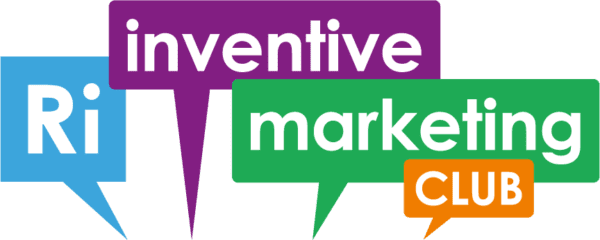Ben shares his website design process from planning to going live as well as reviewing some of the most popular website platforms to chose from.
Notes
My Process
- Series of calls
- Client and dev team working together
- Planning > Content > Design > Go Live > Review Iterative design
- Objectives – What must the site do?
- Audience – What do they need? How the website will help? Competitors – What are they doing well?
- Site plan – Main landing and supporting pages + other content ideas
- Add everything to a Project Plan
See my full Website project checklist
Project Plan
- What are your website’s objectives?
- Vision – What do you want to be known for?
- Outcomes -Downloads, sales, signups etc
- What content needs to be on the site
- Sites or styles your customers like
- Deadlines and dates
More information on What to think about when planning your website
Audience
Watch #11 Understanding your customer
Competition review
- Search as your customer
- Review the top three results
- What do you like? What are they doing well? What can you do 10x better?
- Placement and use of keywords
- Outline site plan
- Landing page based on keywords
Content Gathering
- Focus on content, not design
- Wireframe – Copy site plan into real pages on dev website SEO
- Identify keywords people use when looking for a product
- Review existing content – What to keep, discard or made new
“If you create a page on a keyword that is 10x better than the pages being shown in search results (for that keyword), Google will reward you for it, and better yet, you’ll naturally get people linking to it!”
Check out Moz.com for a Beginners Guide to SEO
- Start with the snippet
- Write title and description – This is the first thing people will see
Landing page SEO
Watch #6 SEO Strategy
Watch #16: Improve landing page SEO
More information on Creating and supplying content for your new website
Design & Build
- Confirm pages / page elements
- Refine content on each page to best enable a visitors objective.
- Add supporting content. Such as FAQs, PDFs or blog articles
- Review the internal linking structure
- Design around content to help it stand out (where it needs to)
Landing page
- Titles and Headings include keywords.
- Use a variety of content: headings, lists, images, tables Include keyword variations in the content
- All related supporting pages link to LP
- Use FAQ and other schema markups
- Include social proof
- Include Call To Action: Signup, buy, download
Supporting pages
- Help someone, add value
- Questions you get asked a lot
- FAQ Misconceptions people have of your industry
- Mistakes people make
- Things you wish more of your clients knew
- Provide insight into you and your business
- Customer interviews and case studies –
- Testimonials Benefits of your product
- Link back to LPs in the first paragraph
Images and video
- Increase time on page
- Helps people scan content
- People more likely to read if the text is broken up with video and images
Watch #8 Image Editing to learn some key skills
Go Live (before)
- Test site on different browsers and devices
- Test all contact forms, checkout process, downloads Review site plugins and extensions
- Make migration plan – Set up page redirects Check for missing pages or page errors
Go Live (after)
- Add SSL certificate
- Check for missing pages and issues (again)
- Verify site on Google Search Console (GSC) and add XML sitemap
- Add Google Analytics (GA) tracking code
- Test GA code is collecting data
Watch #7 Google Analytics for a primer
Watch #17: Google Search Console (GSC) walkthrough
Review
- Review of the site against objectives
- Review GSC to make sure there are no errors
- Improvements and future ideas
Website CMS (Content Management System)
Ways to make a website
Help keep up to date Balance of price / complexity
WordPress
Shows the dominance of WordPress that it is still growing
https://kinsta.com/wordpress-market-share/
- Has an active community and developers
- Can get started for free on WordPress.com
- Completely flexible when self-managed Lots of plugins such as ecommerce
- Best control over SEO
- Two options: Managed (like Wix or Squarespace) or Self Hosted
- New layout editor
Wix
- Quick to set up with simple questions
- Lots of templates
- Setup process helps refine
- Simple blocks & prompts help write content
- Additional apps for appointments and ecommerce
Weebly
- The platform I have the least experience with Plenty of themes
- Design editor allows too much freedom
- Free account available
Squarespace
- Lots of control over design Interface can be a little fiddly at first Ecommerce quite basic
- Can adjust template code
Shopify
- Used by 18% of ecommerce websites
- Simple setup, ecommerce focused
- Customisable templates
- Has a point of sale app
- Simple editor but very quick
- Geeks can dive into template code
- We make our mini projects shop in it
- Easy to manage products, even from app

